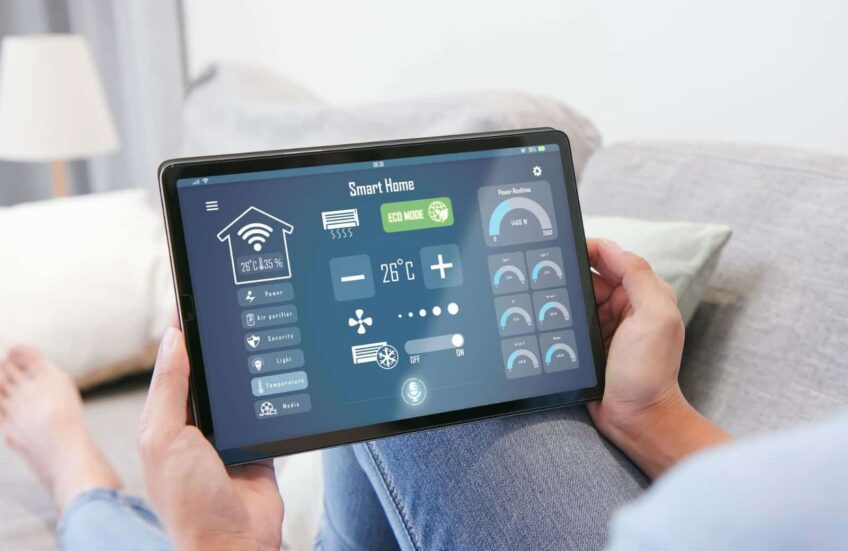When it comes time to sell a smart home, there are several factors to consider. Using insights from a recently listed property, this post will walk you through the necessary stages to successfully selling a home outfitted with smart technology.
Determine What Will Remain And What Will Be Removed
The first stage in preparing a smart home for sale is deciding which gadgets will remain on the property and which will be sold. Some features, such as hubs and voice assistants, are considered personal property. Some automation and functionalities may not function without the hubs or an active internet-connected account. These are the products that merchants would bring.
Other amenities are regarded as a value-add and are significant purchasers' draws. Video doorbells, for example, are often advised to be kept behind, as they provide an appealing feature for the future homeowner. Smart thermostats, switches, and locks are also key draws for purchasers. These are normally better left behind, with sellers realizing that they will be able to buy a new one for their next home.
When you've decided what will stay and what will leave, take a full inventory of all smart items in the house, noting the aforementioned decision on each product. Internet-connected devices must be reset for the new owner. Creating a comprehensive list of these items enables a smooth handover.
Privacy And The Factory Reset
Before selling, a seller should consider what they want to leave behind and what they want to bring with them. A smart lock, for example, is a device that sellers may forget about. If they do, they must reset the master code and guarantee that the new owner can connect to a different Wi-Fi network.
When dealing with devices that have a master code inscribed on them, such as some smart locks, make certain that this is covered or the device is secured. Always factory reset all smart gadgets so that the next owner can keep their privacy and set them up from the ground up. Sellers may have to do this while the gadget is still linked to the seller's home network.
Future-Proofing
Smart houses frequently have infrastructure developed with the future in mind, such as security system wires or Ethernet. When selling, make sure that prospective buyers are aware of these traits, as they are valuable. Even prospective upgrades, such as a NEMA 14-50 outlet for a potential electric car charger, might be a selling feature, particularly for customers considering an electric vehicle in the future.
Determine The Value
Determine whether some smart features add value to the home or should be removed. Smart locks, doorbells, and thermostats, for example, often improve a home's appeal, although purchasers have mixed feelings about security cameras or smart lighting.
In some cases, the cost of removing and replacing specific elements, such as smart switches, may outweigh the value of relocating them. Even without the smart features, these switches can frequently serve as ordinary dimmers, delivering significant value to the new owner whether they wish to use the smart feature or not.
Selling a smart house requires careful evaluation of what adds value and what should be reset or eliminated. Agents may assist in ensuring a smooth and successful sale by following these measures, which will benefit both the seller and the new owner.

